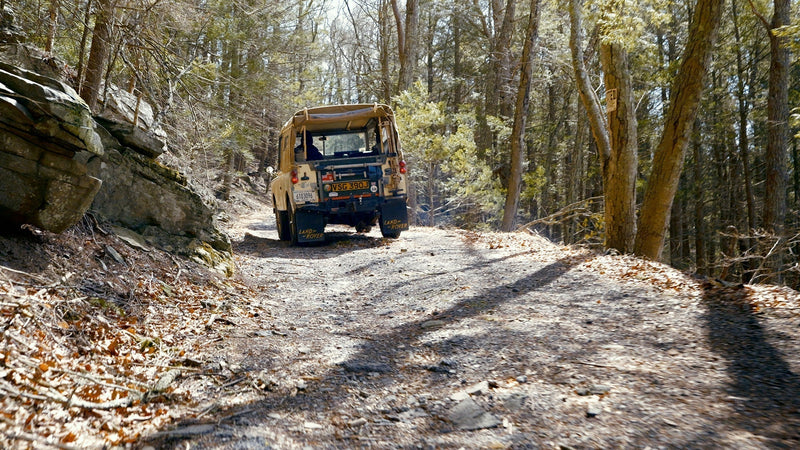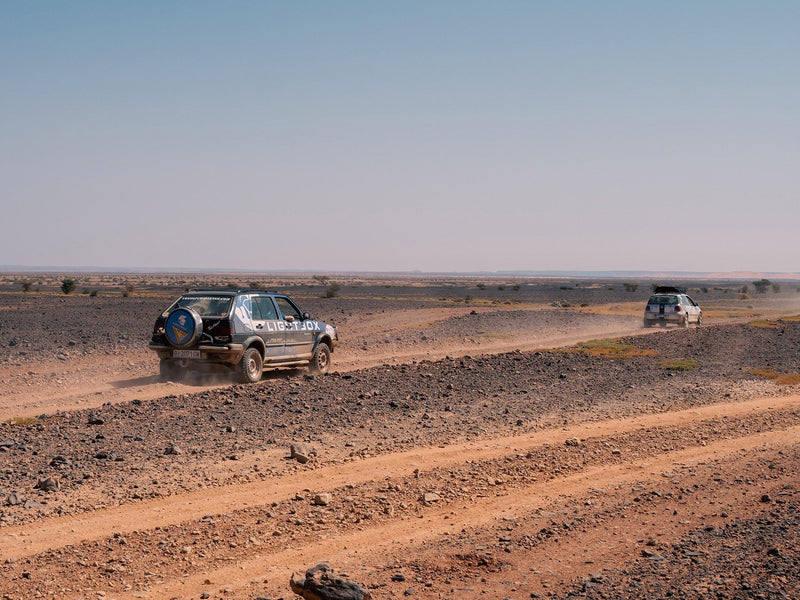You may also be interested in:
- Over 100 Vintage And Classic Cars Set Off On Peking To Paris Endurance Rally Under The Shadow Of The Great Wall Of China
- This Is Why The Le Mans Classic Is A Premier Vintage Race
- London To Brighton Is The Route For Hundreds Of Century-Old Cars In This Horseless Rally








100 years of Grand Prix racing
2006 was quite special in the world of racing since it marked the 100th anniversary of the first Grand Prix ever: the 1906 Grand Prix de l’ACF (Automobile Club de France), aka French Grand Prix. And the Le Mans organizers, the ACO (Automobile Club de l’Ouest) was keen to celebrate this as the race was held in Le Mans, just a few kilometers east of the current Circuit des 24 Heures. The event was to take place the Sunday before the 24 Hours, so June 11.The ACO way of celebrating anything is usually epic and somewhat “creatively chaotic”. This milestone was certainly no different: their idea was to organize a 1906 French Grand Prix reenactment on the actual track with authentic vehicles from the event. Right there, one may start raising an eyebrow. After all, is there any pre-1910 car left that can still move? Because the rule of the event was that cars had to be authentically built before 1910, with some being as old as 1895!
A monster track
But first, the track. The 1906 French GP was not raced on the current Circuit des 24 Heures, but on a much bigger 103 kilometers (64 miles) track. Essentially, a triangle formed of super-fast straight countryside roads connected by a few tight corners in villages. The whole layout was on public roads, closed for the occasion.Learn more about the 1906 French GP and the track In comparison, the current massive Circuit des 24 Heures seems small. Just have a look at this Google Maps screen shot.

Getting ready for vintage race cars
Truth to my approach of professional event photography by getting fully prepared, I spent the day prior driving the 100-km track. I was especially looking for the best and most picturesque spots to stop and shoot. One doesn't have two opportunities at taking the ideal photos with the cars, background and ambiance all aligned. So, preparation was key.On Saturday late afternoon, I started asking more questions to the organization. I knew the challenge was to take pictures and then catching the cars to take even more pictures at a second point. The answers led to even more questions. For instance, a key question,: “What time are the roads going to be closed down from traffic?”. The answer was a laconic “non, no road closure, they will remain open to the public”. More questions from me: “But I thought the cars could run as fast as they can”. Answer back: “they will be allowed to run as fast as they can, we have notified the gendarmerie.”
OK… 100km of open countryside roads, small villages, residents of all ages, chickens on the loose and 50 early-century vehicles running full speed… What can possibly go wrong…












Imperfect planning
Good thing is that another shooter was helping me out: Todd, freshly arrived from California. This was his first time in France and must have been quite a cultural shock… The game was that I would drop him early on Sunday morning in Bouloire, a picturesque village. Todd would shoot the first wave of cars in this first village. Meanwhile, I would cover the start at (also) picturesque Abbaye de l'Épau. Then climb in my rental car, rush to Bouloire, take Todd (and a few other photographers) on the way. And finally catch up on the whole field of competitors to get to the next shooting point before the everyone arrives.Sounds like a perfect plan, right? Wrong… We were confident we could overtake all those vintage cars on this first 25km leg. After all, how fast can those 100-year-old put-put mobiles can go? While it was true for the ultra-vintage cars such as the 1895 Léon Bollée Voiturette three-wheeler, we were way off about the leading cars, such as the “more recent” 1906 Renault, Nazzaro, Amédée Bollée, etc. Some of those guys and girls were pedal to the metal (or pedal to the wood, in certain cases) between villages. I vividly remember struggling to pass their wobbly skinny-wheeled vehicles on those (remember, open) roads at well above 100kph. Wild…
Which made me realized (once again) that it doesn’t matter what vehicle one drives to get competitive. That emotional connection is always there. And even though no first prize was awarded, there was definitely some bragging rights to be the first to reach the midday point, a champagne picnic in the Vibraye Forest.

















More vintage car racing madness in the afternoon
After the picnic, the whole field (or what was left) took off for the last 50km of the day. Once again, our game was to make sure we arrived in the next village (Cherré) before the field. Which we barely did. Good thing is that everyone slowed down in Cherré. A large crowd had already gathered to welcome this mad group of vintage cars. Another picturesque village (see a trend here, with my overuse of the word “picturesque”), Cherré was pretty much the last photo op and checkpoint before heading back to the finish, at the Circuit des 24 Heures.A different time
Looking back at this event, it’s interesting to notice how little coverage, photos or video material is left. 2006 may not seems like such a long time ago, but it was right before smartphones and social media took over. Only a few pro-shooters covered the event and still have photo material. As a matter of fact, searching on YouTube, I found more videos of the original 1906 French GP than its reenactment in 2006!That day also gave me the chance to expand my car culture to the world of ultra-vintage cars . The world of vintage car racing is quite fascinating with larger-than-life characters. A big, 18-year late, thank to the ACO people to organized such a memorable day.

































































